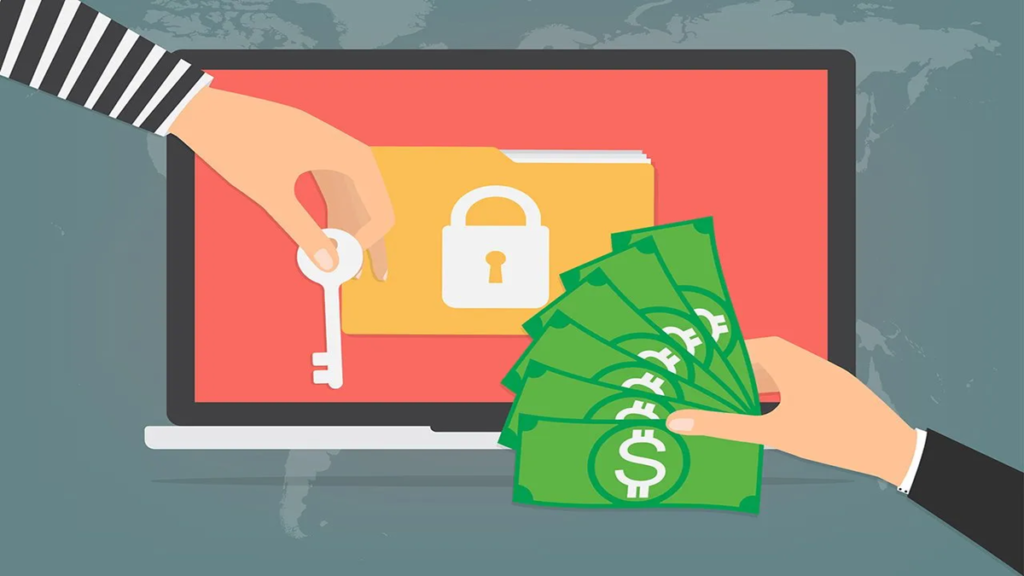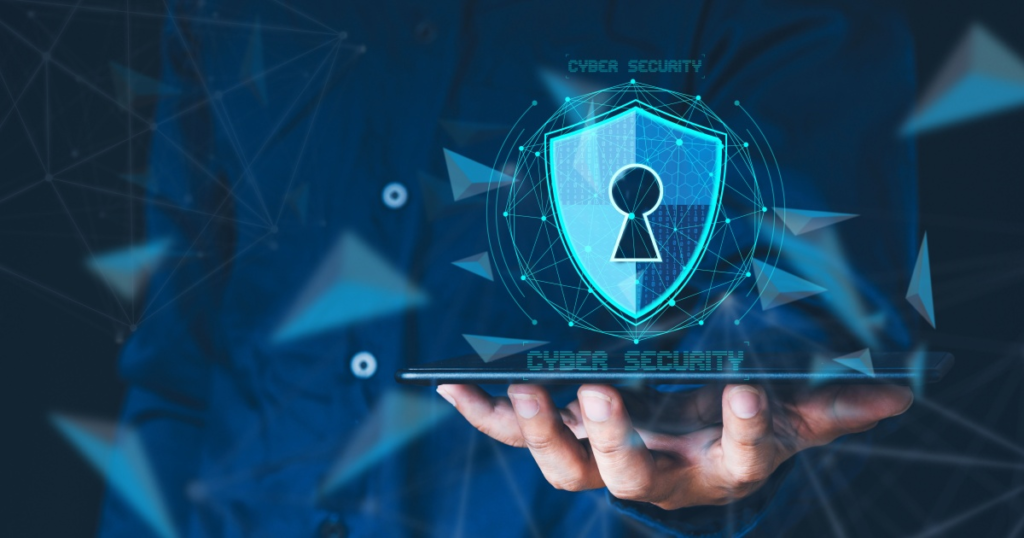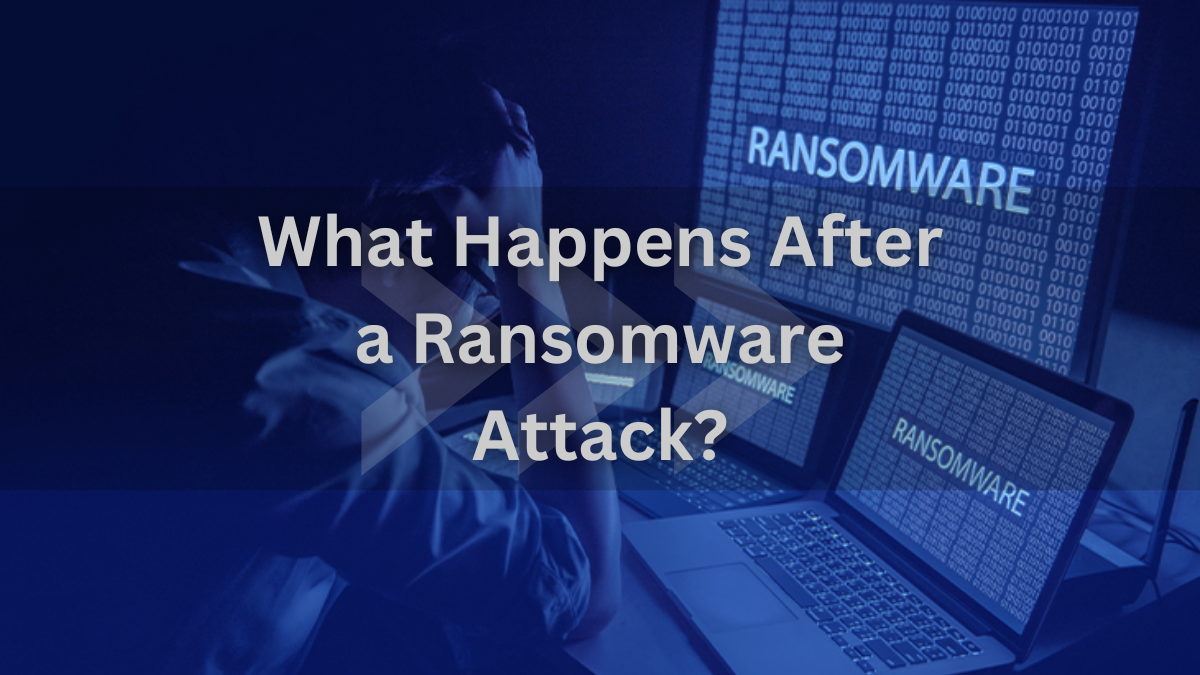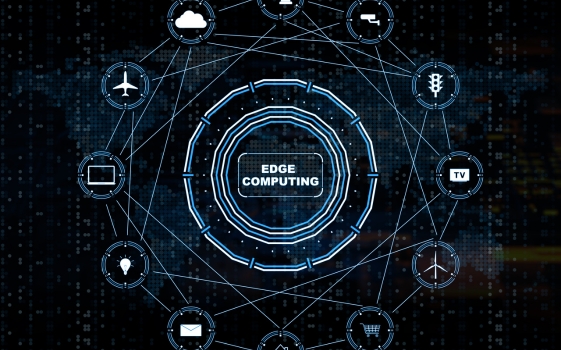Ransomware attacks have increasingly become common affecting companies of all sizes. Its prime targets are usually small and medium-sized companies as they are low in budget when it comes to cybersecurity measures. However, attackers have a lot of incentives to spread ransomware on large-sized companies as they get hands on user data and sensitive files to leverage. Ransomware isn’t just another malware attack but rather puts a company’s cybersecurity measures into jeopardy. It usually ends up incurring financial and/or reputational damage as well as business disruptions.
Imagine one of your employees accidentally downloaded files off the internet laced with strains of ransomware. He/she might have connected to an unsecured Wi-Fi network allowing threat attacks to inject malicious payloads leading to potential ransomware attacks and similarly, there are several reasons why your systems might intercept it. To combat, you’ll need robust cybersecurity mechanisms to cope with such a situation. Here, let’s dive into the know-how on what you should do when a ransomware attack strikes on your systems.
What Happens After a Ransomware Attack?

Cyber attackers deploy social engineering tactics to lure users into downloading or interacting with elements on the internet that allow malicious payloads to enter the system. It could be well-engineered phishing scams to trick employees into downloading malicious files and so on. Let’s take a look at what big/small organizations do when something as disruptive as a ransomware attack strikes their systems and networks.
Detecting Signs of Ransomware
When it comes to a ransomware attack, the initial signs include unusual activities, ransom notes on the screens, and employees lose access to certain or all files. These are clear indicators that your systems are compromised and immediate isolation is required to contain the implications. At this stage, it is recommended to disconnect all shared drives, network equipment, and external storage, and disable any automated maintenance tasks to name a few.
It is also critical to inform and alert other employees to restrict the affected number of systems that attackers could leverage in exchange for ransom. Alerting the stakeholders, customers, and partners allows transparent flow of information and less panic.
Responding to Incidents
Depending upon the size of your company and the industry, the plan of action might differ. At this stage, it is recommended to set up an internal or external team of IT experts to understand the scope of the issue and how they can try to fix the affected systems. Usually, attackers compromise the data stored on affected systems for which they will demand ransom to clear.
With the ongoing demand for backup systems, you might have a backup of all the data stored on the affected systems. If yes, it is critical to check the integrity of the backups to understand if they are compromised as well or not. Backups are free of any integrity or other issues and can be used for restoration in the latter steps.
Also Read: 5 Reasons Why Companies are Opting for a Multi-Cloud Strategy
Containment & Eradication
The first half of the containment stage is to isolate affected systems from healthy ones. It involves unplugging network cables and network interfaces to isolate and prevent spread. Segmenting networks in smaller sections restricts ransomware movement as well curtailing the overall impact it could have otherwise. Similarly, restricting user access to data and updating firewall rules help block unwanted personnel or IP addresses from accessing your networks for communication.
The second half of containment involves taking measures for the eradication of ransomware. It involves using industry-leading antivirus and anti-malware tools to scan ransomware and remove it from affected systems. Manual intervention including registry entries cleanup, termination of malicious processes, and others are usually done at this stage.
Recovery & Restoration

After containment and eradication of ransomware threats on the infected systems, we now move to another critical plan of action toward mitigating ransomware risk.
The experts will identify the last backup, ensure it is clean from any viruses or infection, and ascertain data integrity to verify whether the data is corrupted or complete. Once the backup passes all the steps, it goes through restoration where your IT experts will restore clean copies of backups, operation systems, and applications to bring the systems back to their pre-ransomware state.
Some companies might choose to buy data decryption keys by paying the ransom to get hold of their data especially when there’s no backup available and the data cannot be wiped off. This move requires adherence and compliance with both cybersecurity experts and law enforcement so that everything goes as planned.
Next up, IT experts will layer adequate and critical security patches that can help plug any vulnerabilities that attackers could exploit and gain access to your system as well. Once everything is restored, it commences all kinds of system scans and functional tests to ensure all the restored systems are working as intended and not without any operational issues.
Post-Incident Analysis & Reporting
At the rate by which ransomware is affecting companies left and right, finding the root cause of why your systems got compromised is crucial. That’s why post-incident analysis and reporting are required to understand why it happened and how it can be prevented in the future.
Forensic analysis of compromised services, files, accounts, systems, storage, and memory, among others, is one of the steps. Another is to identify an entry point that dictates how the ransomware infiltrated the network i.e. either via exploiting bugs, phishing emails, compromised credentials, etc. Event and user activity logs help experts review the various logs to understand the timeline of the attack and record any unusual access or behavior that could have contributed to the attack.
Legal, Financial & Other Impacts
After analysis, the next step is to report the findings to authorities such as HIPAA, CCPA, and GDPR, among others to ensure compliance. A comprehensive report is documented detailing the overview, timeline of events, data, and systems that were affected, containment, recovery process, root cause analysis, etc.
Calculate direct and indirect costs that could explain the financial costs related to the ransomware attack, recovery effects, downtime, reputational damage, potential regulatory fines, and customer trust erosion, among others.
Restructuring & Strengthening of Cybersecurity Posture

Undoubtedly the most critical stage aftermath of a ransomware attack is the restructuring of cybersecurity posture. It is understood that even the organizations with the best cybersecurity measures may fall for malicious activities such as ransomware, in this context. Thus, it is critical to audit your existing security systems and introduce advanced detection and response tools to avoid future instances.
It is recommended to run a comprehensive security audit to undercover vulnerabilities and bugs. A forensic analysis done beforehand can prove instrumental in realizing how the previous ransomware attack was orchestrated and set up future-proof technologies and tools to prevent such happenings.
Strengthening a business’ cybersecurity standing is a manifold task as it involves training existing and new employees, running simulation exercises; and upgrading software, hardware, and network systems to robust fool-proof transmission of data without raising the risk of another breach. There should be robust backup policies and an incident response plan to take account of previous attacks and how they can be avoided in the future.
Wrapping Up
Ransomware attacks are known notoriously for their social engineering tactics that make it almost indistinguishable whether the stuff on the internet is real or not. With new techniques, attackers come up with force engaging innocent users in their trap causing financial and reputational losses and not to forget the operation disruption that could have long-term implications.
Strengthening your company’s cybersecurity posture is critical as it acts as a fortified barrier preventing attackers from exploiting any loopholes. Our experts conduct thorough security audits to identify vulnerabilities and implement advanced security mechanisms to detect and respond to threats that could be lurking around. Consult us at +971 4 219 1900 and let us handle your business and any kind of cyber threats. Visit www.cbt.ae for more information on our products and services.











